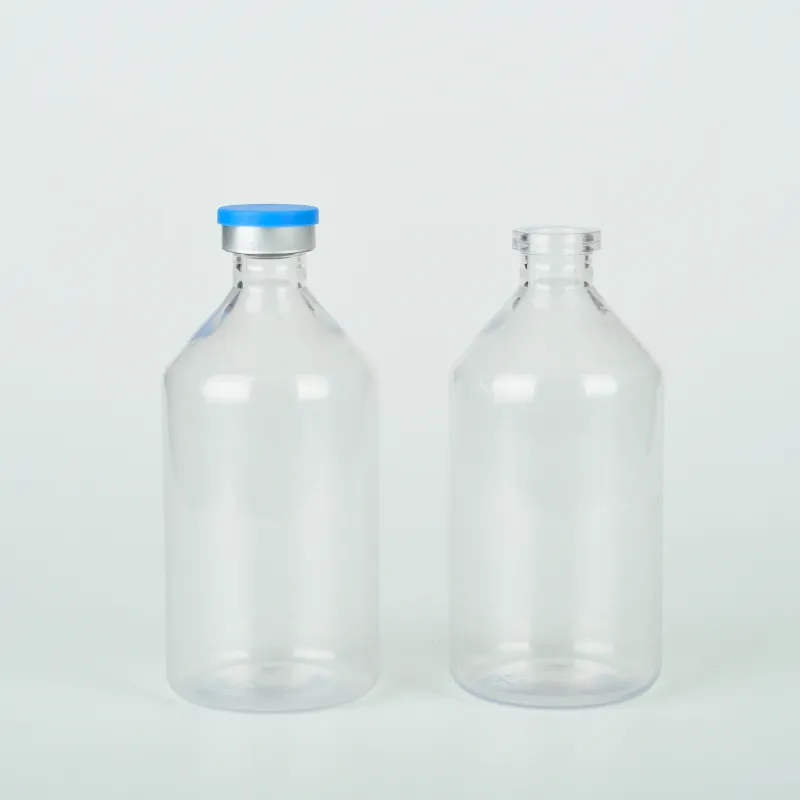
-
 Afrikaans
Afrikaans -
 Albanian
Albanian -
 Amharic
Amharic -
 Arabic
Arabic -
 Armenian
Armenian -
 Azerbaijani
Azerbaijani -
 Basque
Basque -
 Belarusian
Belarusian -
 Bengali
Bengali -
 Bosnian
Bosnian -
 Bulgarian
Bulgarian -
 Catalan
Catalan -
 Cebuano
Cebuano -
 Corsican
Corsican -
 Croatian
Croatian -
 Czech
Czech -
 Danish
Danish -
 Dutch
Dutch -
 English
English -
 Esperanto
Esperanto -
 Estonian
Estonian -
 Finnish
Finnish -
 French
French -
 Frisian
Frisian -
 Galician
Galician -
 Georgian
Georgian -
 German
German -
 Greek
Greek -
 Gujarati
Gujarati -
 Haitian Creole
Haitian Creole -
 hausa
hausa -
 hawaiian
hawaiian -
 Hebrew
Hebrew -
 Hindi
Hindi -
 Miao
Miao -
 Hungarian
Hungarian -
 Icelandic
Icelandic -
 igbo
igbo -
 Indonesian
Indonesian -
 irish
irish -
 Italian
Italian -
 Japanese
Japanese -
 Javanese
Javanese -
 Kannada
Kannada -
 kazakh
kazakh -
 Khmer
Khmer -
 Rwandese
Rwandese -
 Korean
Korean -
 Kurdish
Kurdish -
 Kyrgyz
Kyrgyz -
 Lao
Lao -
 Latin
Latin -
 Latvian
Latvian -
 Lithuanian
Lithuanian -
 Luxembourgish
Luxembourgish -
 Macedonian
Macedonian -
 Malgashi
Malgashi -
 Malay
Malay -
 Malayalam
Malayalam -
 Maltese
Maltese -
 Maori
Maori -
 Marathi
Marathi -
 Mongolian
Mongolian -
 Myanmar
Myanmar -
 Nepali
Nepali -
 Norwegian
Norwegian -
 Norwegian
Norwegian -
 Occitan
Occitan -
 Pashto
Pashto -
 Persian
Persian -
 Polish
Polish -
 Portuguese
Portuguese -
 Punjabi
Punjabi -
 Romanian
Romanian -
 Russian
Russian -
 Samoan
Samoan -
 Scottish Gaelic
Scottish Gaelic -
 Serbian
Serbian -
 Sesotho
Sesotho -
 Shona
Shona -
 Sindhi
Sindhi -
 Sinhala
Sinhala -
 Slovak
Slovak -
 Slovenian
Slovenian -
 Somali
Somali -
 Spanish
Spanish -
 Sundanese
Sundanese -
 Swahili
Swahili -
 Swedish
Swedish -
 Tagalog
Tagalog -
 Tajik
Tajik -
 Tamil
Tamil -
 Tatar
Tatar -
 Telugu
Telugu -
 Thai
Thai -
 Turkish
Turkish -
 Turkmen
Turkmen -
 Ukrainian
Ukrainian -
 Urdu
Urdu -
 Uighur
Uighur -
 Uzbek
Uzbek -
 Vietnamese
Vietnamese -
 Welsh
Welsh -
 Bantu
Bantu -
 Yiddish
Yiddish -
 Yoruba
Yoruba -
 Zulu
Zulu
Creative PET Bottle Designs for Juices Enhancing Functionality and Aesthetics
Innovative PET Bottle Design for Juice Packaging
The beverage industry has undergone significant transformations in recent years, particularly with the growing demand for sustainable packaging solutions. Among the various options available, PET (polyethylene terephthalate) bottles have emerged as a popular choice for juice packaging due to their lightweight nature, durability, and recyclability. An innovative design approach for PET bottles can enhance both functionality and aesthetics, ensuring that products stand out on the shelves while promoting environmental sustainability.
Innovative PET Bottle Design for Juice Packaging
Incorporating a wider mouth bottle opening can simplify pouring, making it easier for consumers to serve juice directly into glasses or to mix beverages with other ingredients. Additionally, integrating features such as a flip-top cap or resealable closures improves usability, allowing for spill-free access while preserving freshness after opening.
pet bottle design for juice

Another crucial element in PET bottle design is the labeling and branding opportunity it presents. Imaginative artwork and vibrant colors can capture consumer attention, making the product more enticing. Transparent sections of the bottle can showcase the juice's rich color and texture, highlighting its freshness and quality. Additionally, eco-friendly inks and adhesives can be used for labeling, aligning the product with sustainability goals.
Sustainability is a vital consideration in PET bottle design. The use of recycled PET (rPET) in production not only reduces plastic waste but also diminishes the carbon footprint associated with new plastic manufacturing. Designers are now exploring ways to create lightweight bottles that maintain structural integrity while consuming less material, further contributing to environmental conservation.
Moreover, educating consumers about recycling is essential. Clear instructions on the bottle regarding its recyclability can encourage responsible disposal and promote a circular economy. Implementing a bottle return incentive program could also motivate consumers to recycle, thereby reducing plastic pollution.
In conclusion, innovative PET bottle design for juice not only focuses on aesthetic and functional improvements but also champions sustainability. Through ergonomic shapes, user-friendly features, and environmentally conscious materials, brands can create appealing products that resonate with consumers and contribute to a greener future. This fusion of creativity and responsibility holds the potential to shape the future of juice packaging in a significant way.
-
Premium 200ml Medicine Bottles – Leakproof Dropper & Spray Options at Best PriceNewsJul.05,2025
-
PTFE Centrifuge Tubes - Chemical Resistant, Leak-proof, Ideal for Laboratory UseNewsJul.05,2025
-
Premium Metal Dropper Bottle for Precise Dispensing 250ml & 1ml Options AvailableNewsJul.04,2025
-
20 ml Headspace Vials - High Quality Polyethylene & Plastic Vials for Lab UseNewsJul.04,2025
-
Small Bottle with Pipette - Precise Dispensing 100ml Pipette Bottles for Essential Oils & Lab UseNewsJun.24,2025
-
Acetic Anhydride Bottle for Accurate Dropper Measurement in Pharmacy Use High-Quality Dropper BottlesNewsJun.10,2025






















